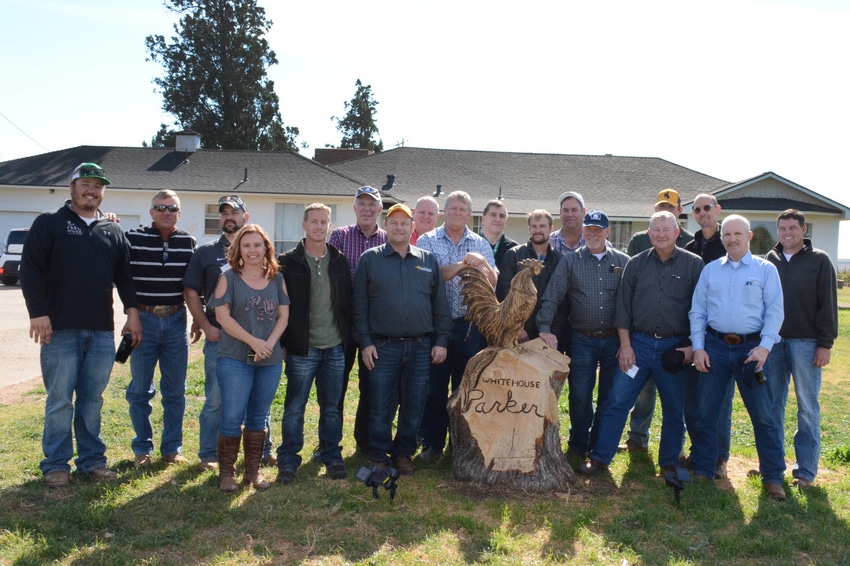
I have been a cotton farmer’s wife for the last 20 years. I have spent many evenings worried about the repercussions of a hail storm, being a “single-mom” during planting and harvest seasons, taking food to the field during cotton harvest, helping move equipment, sensing the urgency that a windy day with a hazy, dark northern sky creates in my farmer, as we rush home 50 miles from Lubbock to Olton so he can fight sand on our young cotton that is likely being sand-blasted. I know the distinct smell of cotton when it’s being stripped and the equipment it takes to get it out of the field. I know when it is planted and when it is harvested and what it feels like fresh off the stalk. And gosh knows, I am all too aware of what it costs to grow! (I’m the farm bookkeeper.) I even understand the ginning process after spending a few years writing for our local cotton gin. I would have told you I know a lot about cotton.
Last week, I had the pleasure of participating in National Cotton Council’s Multi-Commodity Education Program. Farmers from the Midwest and Western regions of the U.S. participated traveling to Texas to see first-hand how cotton and other commodities such as peanuts and grapes are grown on the South Plains and the Texas Panhandle. We toured Plains Cotton Growers, USDA Gin Lab, Bayer Greenhouse, USDA-AMS Cotton Division (cotton grading and classification), Plains Cotton Cooperative Association, various farms, PYCO Industries, Amarillo Cotton Warehouse and various cotton gins. And my conclusion after three days…there was a lot I didn’t know about cotton!
I learned so much on this tour about a crop that is supporting my family and has supported my husband’s family for generations. This opportunity with the NCC opened my eyes to how technical and scientific cotton production is before it ever enters my farmer’s planter. It revealed to me how many people and organizations are working on behalf of our farmers to promote cotton and find markets for every product and byproduct this commodity creates. Seeing and hearing reinforced what I knew to be true, that cotton production is much bigger than the little seed that I hold in my hand.
See National Cotton Council introduces Northern, Midwest growers to High Plains agriculture. http://bit.ly/2Bj0J6E
Education has a way of broadening our understanding. It gives us perspective. It made me wonder, if I’ve been around cotton production most of my adult life and didn’t have the full picture, what is the perspective of the average American about cotton farming and production farming in general? What do they understand about what it takes to grow a crop? I realize this is not a new question for us in agriculture and that I’m preaching to the choir. But it is something I kept thinking as I learned more and more last week.
While Midwest and Western farmers may have a distinctively different accent, which was sweet to my Canadian-born ears, and may farm different crops in a dramatically different climate, they really are not so different from our Texas growers. Both talk about the importance and pressure of timing in growing a crop, how timing can make or break it, whether that’s in planting, watering, fertilizing or harvesting. Both are burdened by low commodity prices and the outcome of the upcoming farm bill. Both would like to see their children and grandchildren follow in their footsteps but are unsure of the likelihood of that due to the current farming economy. Both are concerned about the use of and conservation of agriculture’s most important input—water. And both have a passion about producing this nation’s food supply.
The NCC tour may have given me pages of notes and story ideas. It certainly heightened my pride in my farmer. But most importantly it gave me a sense of urgency to continue to write and tell the story of agriculture. We’ve all got to tell that story because if we don’t, then who will?
See Hale County grower hosts Midwest, Northern growers, highlights soil health. http://bit.ly/2Adp00W
About the Author(s)
You May Also Like






